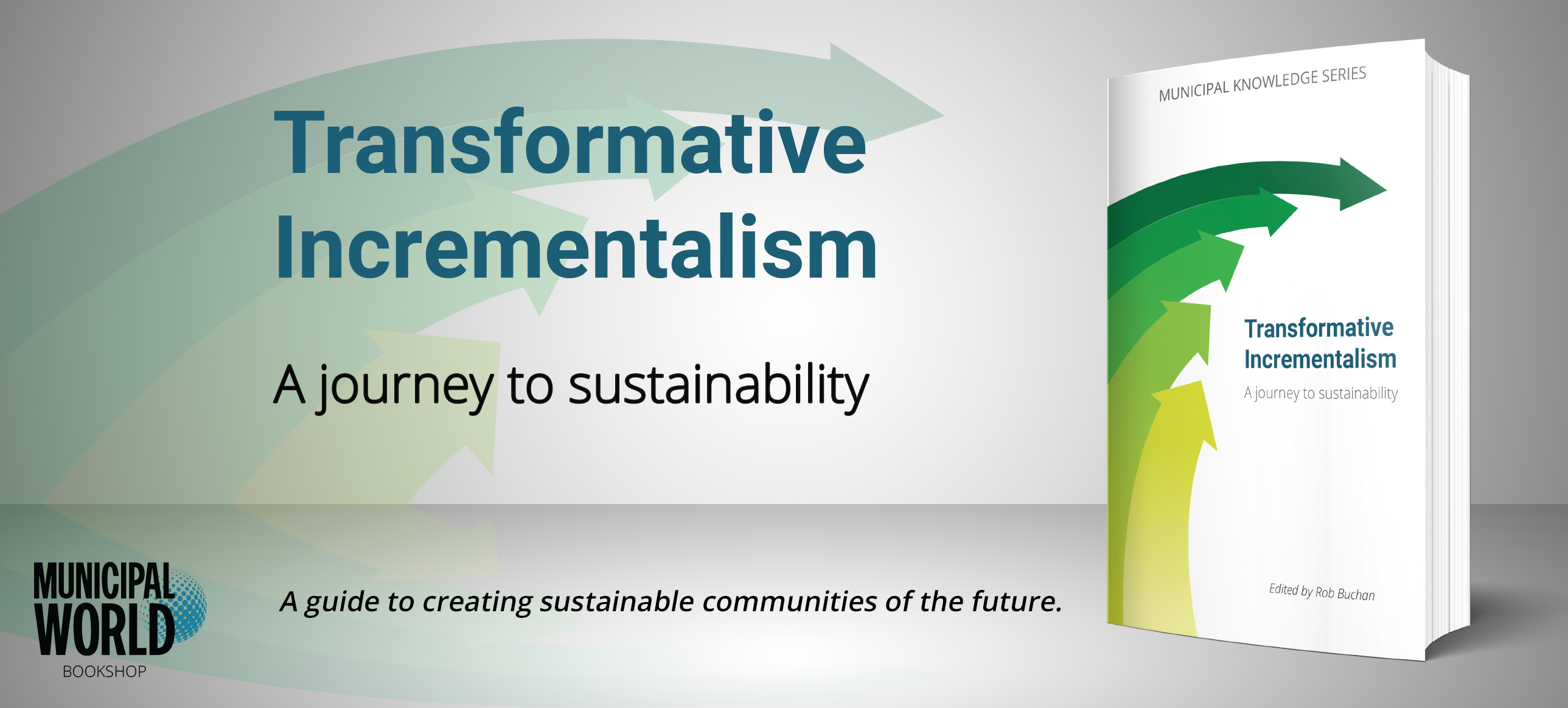Keep women in the workforce

What is a “shecession”? And what needs to be done about it?
The COVID-19 pandemic has led to a global recession that has surpassed the 2018 recession. It may even rival the Great Depression for economic impact and job loss.
Unlike a typical recession, the downturned caused by this pandemic has affected women at a greater rate than men. Statistics show that women make up more than half of all job losses during the global pandemic. This reality has led to the creation of the term “shecession.”
Megan Williams and Dionne Williams from the City and County of Denver, and Kelly Houghteling, Wellington, Colorado Interim Town Administrator, believe there are tools to help turn this trend around.
The trio came together to lead a workshop on Keeping Women in the Workforce During a Pandemic and Beyond. The online session was part of the 2020 ICMA virtual conference.
The focus was identifying specific and actionable ways local governments can keep women in the workforce. Examples include:
- flexible scheduling;
- family leave;
- childcare support;
- professional development; and
- fair hiring policies.
Barriers to Women in the Workforce
Women made up more than half of U.S. job losses due to the pandemic. But, one out of four women report lack of child care as the reason for unemployment – twice the rate of men. Additionally, women of colour are losing even more hours due to lack of child care.
This, Megan Williams said, means now is the time for employers – local government or otherwise – to focus on what they can do to help.
“We know that this is hitting women at all income levels and all industries. And so it’s really just making a bad situation worse,” she said. “The U.S. was already ranked 17 out of 22 industrialized countries for the number of women in our workforce. It’s due to the lack of family-friendly policies we offer.”
Why does this matter, Megan Williams asked? For one, she added, “we know it is a fact” that women make organizations stronger. Data shows a gender-diverse workforce leads to higher levels of innovation. It also results in improved financial performance. They also outperform companies and organizations that lack diversity. This is especially true when leadership is diverse. Ninety-one percent of working Americans say mothers can bring unique skills to leadership. Williams said this cements that statement as a universal fact.
Flexible Scheduling, Family Leave as Workforce Tools
Given that fact, the question becomes how women can be attracted or retained when they are hired. Flexible scheduling was one of the tools pushed during the session. It’s something that Megan Williams says “makes an impossible situation, less impossible.”
What are flexible hours? Consider a working mother. She is expected to help her child get through their virtual learning, as well as do her job during a normal day. This is something many today consider to be an impossible thing to ask someone to do. If an employer schedules work hours to better fit the working mother’s schedule, it offers significant help. And they still get the same amount of work done.
Another key tool for employers is family leave policies. As Megan Williams said, “Only women can have children, but anyone can be hit by a bus.” And so, everyone in an organization should have a backup in case something happens.
“We know the parental leave offers better health outcomes for children and parents. And that women who are offered paid parental leave are more likely to return to their job,” Megan Williams said. “We also know that women are more likely to be the caregiver of an elderly family member. That’s why we’re recommending instead of just parental leave, to have family leave … for anyone in their immediate family, so they can take care of that situation no matter what it is.”
Child care: The Elephant in the Room
Dionne Williams addressed what she called “the elephant in the room.” Since the beginning of the pandemic, families are navigating a new world. This reality includes:
- virtual and remote learning;
- school closures;
- work from home; and
- stay at home orders.
This is further complicated when already working with “a shaky child care support system.”
For many families, she explained, one of the primary stressors during the pandemic is how to safely care for their kids and manage their work. And as stressed as the families in need of child care are, so too are the providers struggling to meet the need. For example, almost 50 percent of Denver’s licensed child care facilities have closed or are in danger of closing. And as they try to reopen, they need access to things like PPE, feeding supplies, and training. Unfortunately, they’re also not able to take care of as many children. Social distancing guidelines are a barrier to bring in more.
“A lot of families have made the choice to step out of the workforce … they’re not able to manage that kind of pressure,” Dionne Williams said. “Families will not return to work if they don’t feel that their kids are safe. It’s a basic need. And we think all parents have always felt that way, but even more so during the pandemic.”
In Denver, the focus has been on helping families access different options for care. It has also meant assisting providers to connect with funding resources. There has also been a need to leverage city assets. The city is looking for ways to partner with the community to provide care for families and children. Denver officials are looking at how to make access to childcare an employee benefit. Also, civic officials are looking at their own facilities. Perhaps there are new opportunities and spaces there for child care.
“We’ve been really thinking about how can we do better? How can we create less red tape? And also understand how we’re using our assets that we own in the city to support kids,” Dionne Williams said. “Which is kind of a new way of looking at things for us.”
Work to Keep Women Employed
For women, flexible scheduling, paid family leave, and child care are key. But, Houghteling added it is important to also consider not only recruitment. Keeping them once they walk through the door is also important.
This immediately begins with equitable hiring. Research shows women with stereotypical Black names received 50 percent fewer call-backs. This is a serious concern, Houghteling said, that needs to be address. If it’s a position of power, she explained, cities should remove names and other cues from resumes. And remove any gender phrasing as well.
“In the municipal codes right now, it says the city manager: he shall do these duties,” Houghteling said. “Same with job ads. I found a job ad – a couple of them are LinkedIn for city manager positions that explicitly say that this job is for a man. It’s time that we take a look at those and take these very seriously.”
Pay Equity Conversations a Must
Once someone is hired, the work is far from finished, Houghteling explained. If you’re a leader, you’re expected to lead with empathy and listen to your employees. One key is that if someone makes a complaint about harassment of any kind, employers can no longer brush it off. If they don’t do the work of investigating the complaint, it’s time to “take a look in the mirror,” she said. Figure out where improvements are needed.
Women make 80 cents on the dollar compared to a man. The situation is even more dire for women of colour. Houghteling said employers should conduct an annual pay audit within their organizations.
“Make sure you’re doing that tough work of looking at an annual internal pay audit. And then do a compensation study every two to three years. And then also look at things like vacation, sick leave,” she said. “What we need to ensure is that we’re keeping it equitable. If you know that you need to have better vacation and time off policies, go ahead and implement that. And don’t just expect people to ask for it.” MW
Municipal World Insider and Executive Members: You might also be interested in Natasha Savoline’s article: Free to be me: Gender identity and gender expression in the workplace. Note that you can now access the complete collection of past articles (and more) from your membership dashboard.
Sean Meyer is Senior Content Editor for Municipal World. During his 25-year career in journalism, Sean has covered municipal politics in several small and medium-sized communities and gained an understanding of the structure and political framework of government.
Related resource materials:



